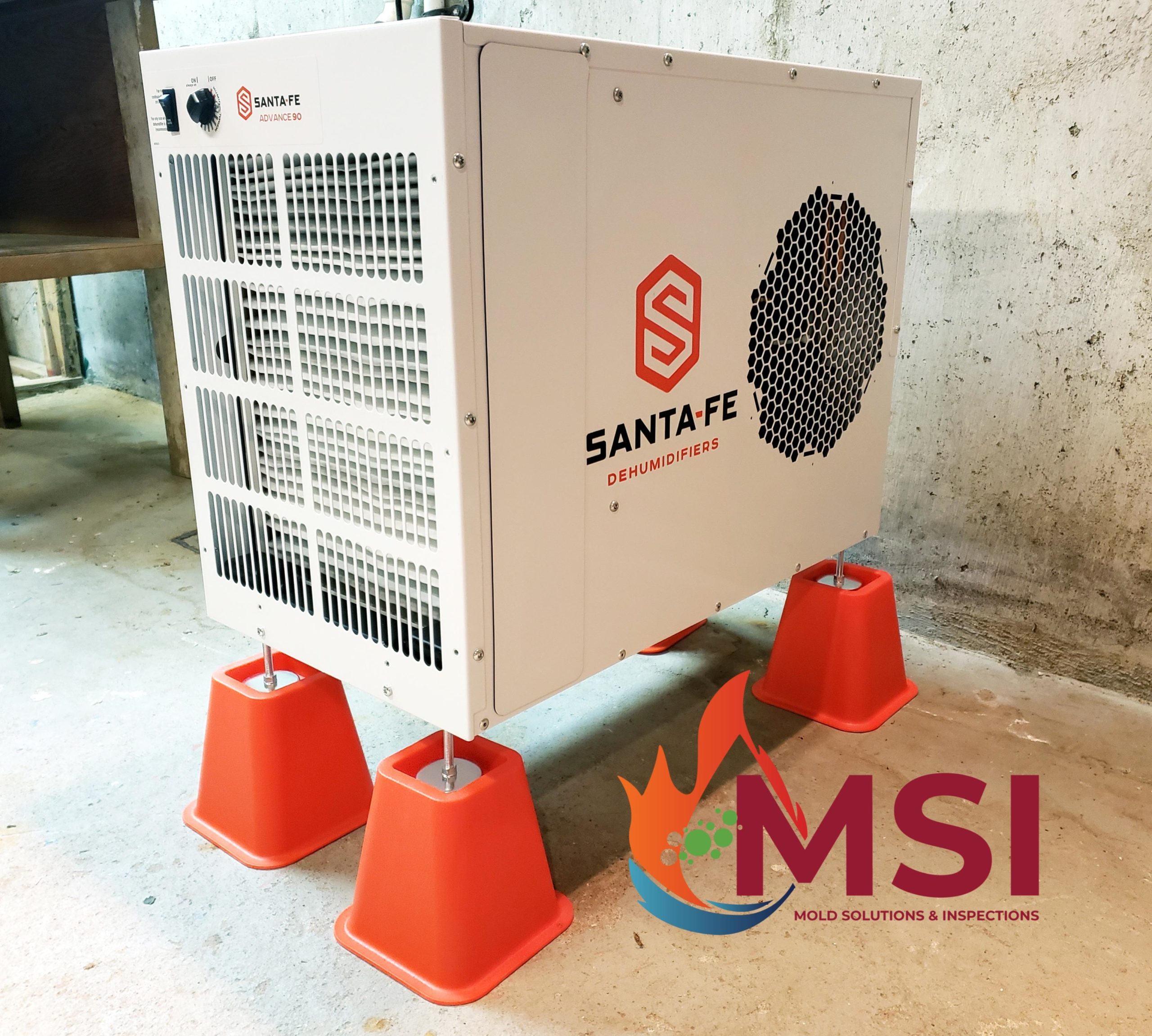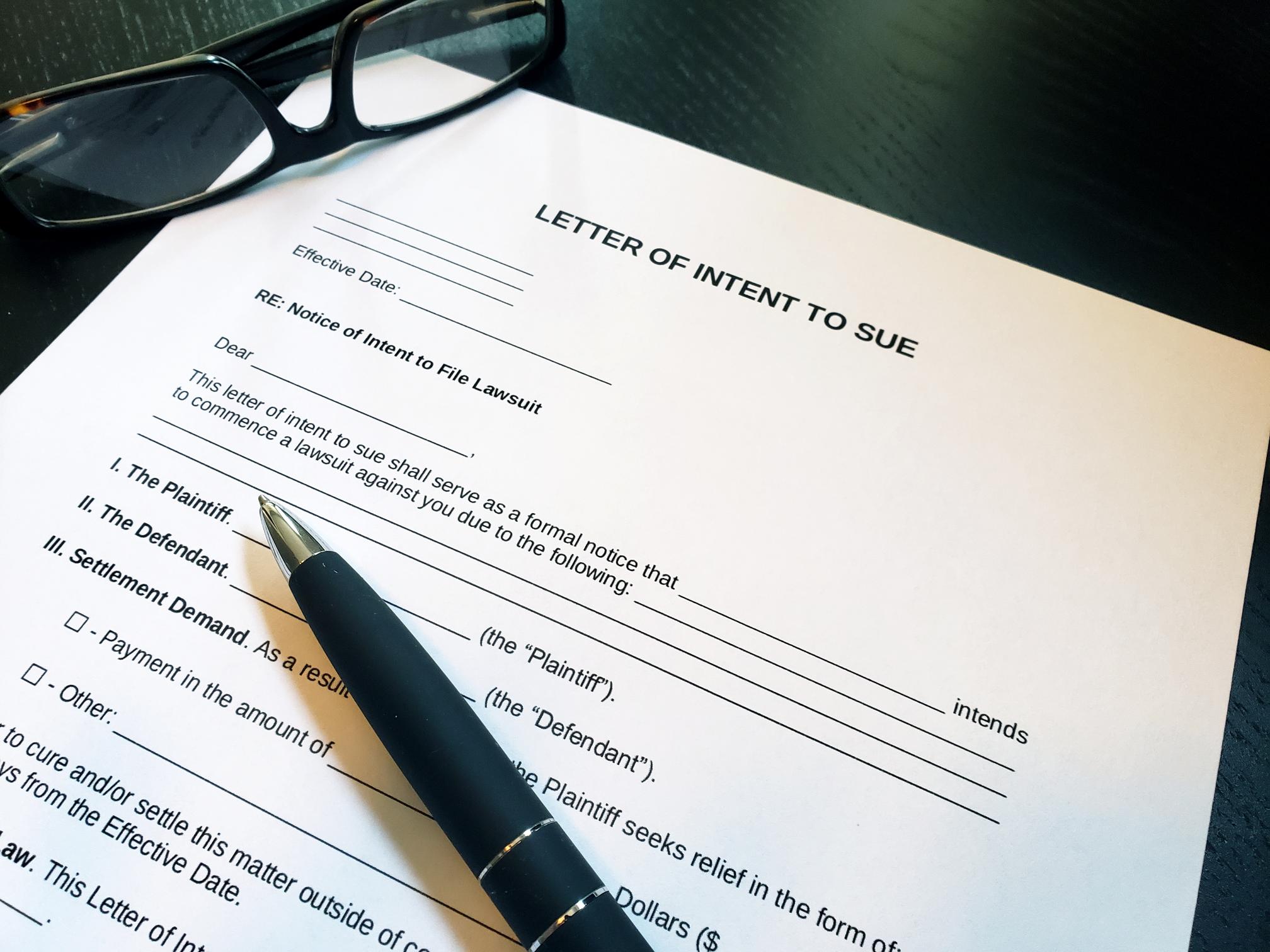Washers and dryers were involved in one out of every 22 home structure fires reported to U.S. fire departments between 2006 and 2010. Incidents of clothes dryer fires are higher in the fall and winter months and peak in January, according to the Federal Emergency Management Agency.
The leading cause of clothes dryer fires is a failure to clean the dryer of dust, fiber and lint. Lint is highly combustible and can lead to reduced airflow, posing a fire hazard in clothes dryers.Here are several safety tips for properly maintaining your washer and dryer:
Ensure proper installation
Be sure to have your washer and dryer installed and serviced by a professional. Check your washer and dryer manuals to ensure that your electrical outlet is appropriate for your plugs. If you have a gas dryer, have it inspected by a professional to make sure the gas line and connection are working properly and don’t have leaks.
Maintain the lint filter
Always clean the lint filter before drying each load of laundry. If you are drying a new item that creates a lot of lint, such as a bath towel or bath mat, consider drying it for half a cycle and then pause to clean out the lint filter before continuing to dry the item. Regularly check the dryer’s drum for lint accumulation.
Inspect the vent
The dryer vent is located outside of your house. It’s a good idea to periodically check to make sure air is coming out of the vent while clothes are drying. If no air is coming out of the vent, turn off the dryer and inspect the vent for blockage. Accumulated lint, a bird’s nest or even small animals can block vents.
Check the exhaust duct
Make sure the duct that runs from the back of your dryer to your wall and outside to your dryer vent isn’t clogged with lint or debris. If there is a blockage, you may have to remove the duct to clean it out. Consult with a professional before making any changes to your dryer’s exhaust duct.
Basic washer and dryer safety tips
Follow these basic safety tips when using your washer and dryer.
- Don’t overload.
- Read and follow the manufacturer’s operating instructions.
- Don’t run the washer or dryer when you aren’t home or when you are sleeping.
- Keep the entire area clean and free of clutter, boxes and other materials.
- Don’t store items on the top of the washer and dryer.
- Consult the operating instructions prior to washing or drying an item that has been soiled with chemicals such as gasoline, cooking oil or paint.








